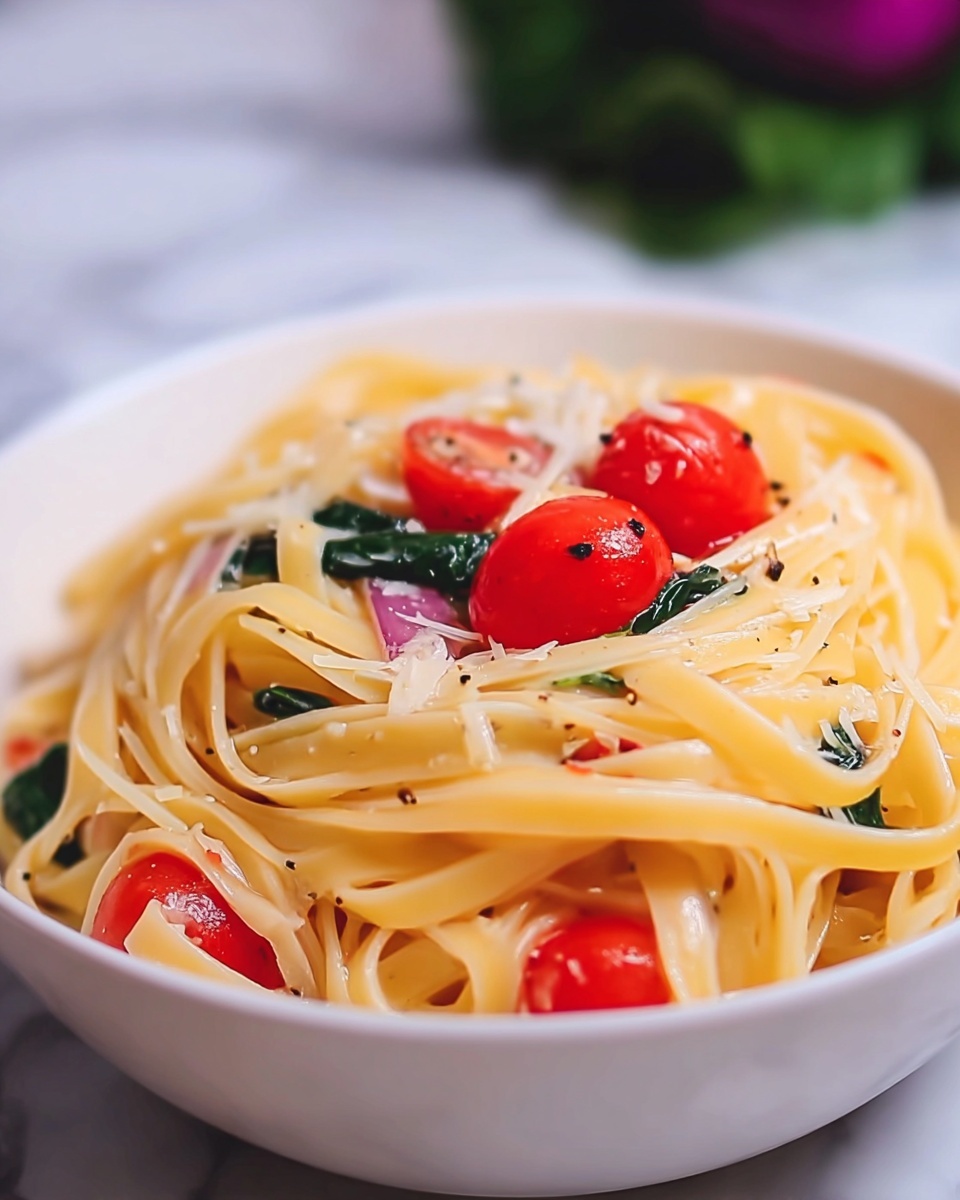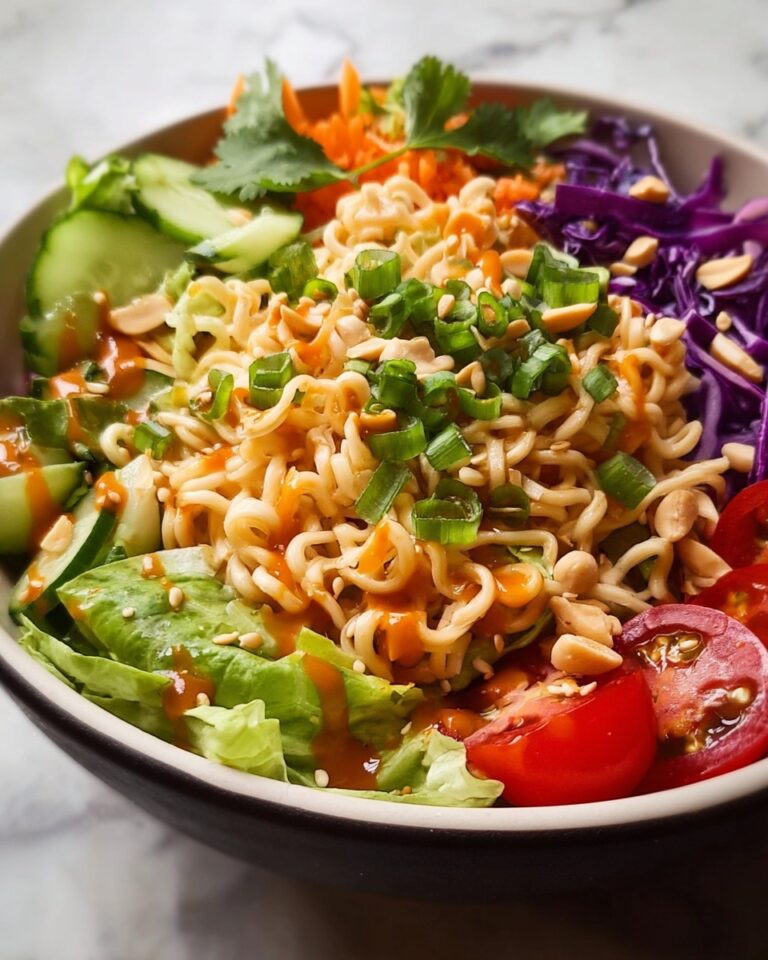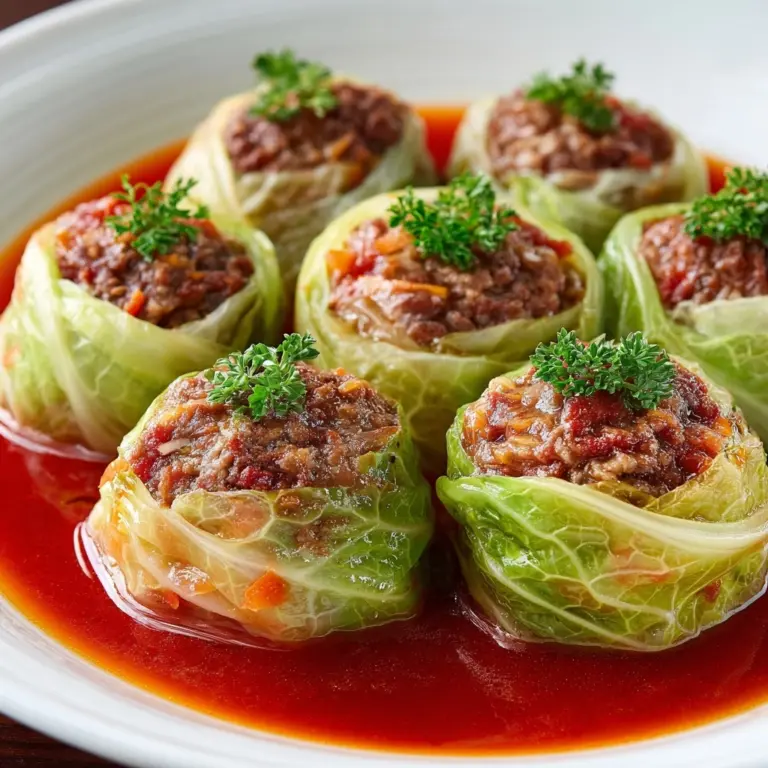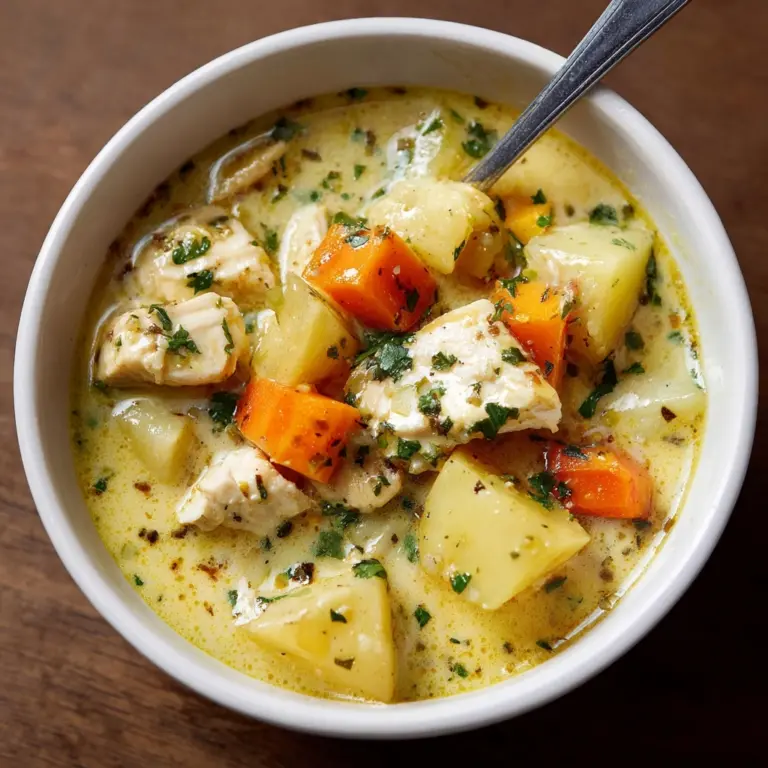There is something truly magical about creating your own noodles from scratch, and this Fresh Homemade Pasta Recipe captures that magic in every bite. With just a handful of simple, pantry-staple ingredients, you can transform flour and eggs into silky, tender pasta that surpasses any store-bought version. It’s an experience that engages your senses and rewards you with mouthwatering textures and flavors, making any meal feel extra special and heartfelt.

Ingredients You’ll Need
To craft this fresh homemade pasta, you’ll use a few straightforward ingredients that each play a vital role in perfecting the dough’s texture, elasticity, and flavor. These essentials come together effortlessly to give you that authentic taste and feel of Italian pasta right in your own kitchen.
- All-Purpose Flour: Provides the structure and texture needed for a lightly chewy but tender pasta dough.
- Large Eggs: Fresh eggs enrich the dough with moisture and a lovely golden hue, making it more flavorful and supple.
- Salt: Not just for taste, it also strengthens the gluten network to give pasta the perfect bite.
- Olive Oil: Adds richness and a subtle fruity aroma while preventing the dough from sticking too much.
- Flour for Dusting: Essential to keep your work surface and dough from sticking during rolling and cutting.
How to Make Fresh Homemade Pasta Recipe
Step 1: Gather Your Ingredients
Start by assembling all your ingredients on a clean workspace. Having everything within reach streamlines the process and ensures a smooth, uninterrupted pasta-making flow.
Step 2: Prepare the Flour Well
Create a mound of all-purpose flour on your work surface and carve out a well in the center. This traditional technique keeps the wet ingredients contained while you mix, making it easier to combine.
Step 3: Add Eggs, Salt, and Olive Oil
Crack the eggs into the well, sprinkle the salt, and drizzle the olive oil. Using a fork, gently beat the eggs and start pulling in flour from the edges. This slow incorporation helps build a cohesive dough with uniform texture.
Step 4: Knead the Dough
When the mixture thickens, switch to using your hands. Knead vigorously but patiently for about 8 to 10 minutes until the dough is smooth, elastic, and springy to the touch. This step is key to developing the gluten that gives pasta its signature chew.
Step 5: Let the Dough Rest
Wrap the dough tightly in plastic wrap and let it rest on the countertop for at least 30 minutes. Resting relaxes the gluten, making the dough easier to roll out and preventing it from snapping back.
Step 6: Divide and Keep Dough Covered
After resting, cut the dough into four equal portions and cover them with a damp cloth to prevent drying, ensuring each piece stays soft and pliable until you’re ready to roll.
Step 7: Flatten and Dust
Take one dough portion and gently flatten it with your hands. Lightly dust your work surface with flour to keep the dough from sticking as you roll it out or pass it through a pasta machine.
Step 8: Roll Out the Dough
Roll out the dough to your preferred thickness using a rolling pin or pasta machine. The thickness you choose will depend on what kind of pasta you want to make, but thinner dough gives a delicate bite while thicker sheets hold heartier sauces well.
Step 9: Cut into Shapes
Use a sharp knife or pasta cutter to slice the dough into whichever shapes you desire — ribbons for fettuccine, small squares for ravioli, or even hand-cut pappardelle. Enjoy the creative process here!
Step 10: Dust Cut Pasta
Sprinkle a little flour over your freshly cut noodles to prevent them from sticking together. Then set them aside on a clean surface while you prepare the rest.
Step 11: Boil Salted Water
Bring a large pot of heavily salted water to a rolling boil. The salted water seasons the pasta and enhances its flavor from within during cooking.
Step 12: Cook the Fresh Pasta
Add your fresh pasta to the boiling water. Because it’s freshly made, it will cook quickly — usually between 2 and 4 minutes depending on thickness. Test a piece for al dente perfection.
Step 13: Drain and Reserve Cooking Water
Once cooked, drain the pasta but reserve a little of the starchy pasta water. This water is a magic ingredient to help your sauce cling beautifully to the noodles when combining.
Step 14: Toss with Sauce and Serve
Toss your perfect fresh pasta with your favorite sauce, using the reserved water if needed to adjust consistency for a silky coating. Serve immediately and watch your loved ones revel in your kitchen-crafted creation.
How to Serve Fresh Homemade Pasta Recipe

Garnishes
A sprinkle of freshly grated Parmesan, a handful of torn fresh basil leaves, or a drizzle of extra virgin olive oil can elevate the dish with texture, fragrance, and vibrant color. These simple additions bring out nuances in your homemade pasta.
Side Dishes
A fresh green salad with a zesty vinaigrette or roasted seasonal vegetables pairs beautifully with fresh pasta. Choose sides that balance the pasta’s richness and add a refreshing contrast.
Creative Ways to Present
Serve your pasta in rustic bowls to highlight its artisanal charm or twirl nests of noodles on plates for an elegant touch. Adding edible flowers or microgreens can also turn your meal into a feast for the eyes as well as the palate.
Make Ahead and Storage
Storing Leftovers
Cooked fresh pasta can be stored in an airtight container in the refrigerator for up to 2 days. Toss it with a little olive oil before storing to keep the strands from sticking together.
Freezing
Fresh pasta freezes well if laid out on a floured baking sheet and frozen until firm before transferring to a sealed bag. Frozen pasta can be cooked directly from frozen, just add a minute or two to cooking time.
Reheating
Reheat leftover cooked pasta by briefly sautéing in a pan with a splash of water or broth to refresh its texture. Avoid overcooking during reheating to preserve that perfect al dente bite.
FAQs
Can I use whole wheat flour instead of all-purpose flour?
Absolutely! Whole wheat flour adds a nutty depth and extra fiber to your pasta, though it may yield slightly denser noodles. You might want to combine it with all-purpose flour to keep the dough more pliable.
Do I need a pasta machine to roll the pasta?
No pasta machine is necessary, but it makes rolling dough evenly and thinner much easier. A rolling pin works perfectly well if you take your time and dust liberally with flour to prevent sticking.
How do I know when the pasta dough is properly kneaded?
The dough should feel smooth, elastic, and slightly tacky but not sticky. If it springs back when pressed gently, you’ve likely kneaded enough gluten for great texture.
Can I flavor the pasta dough?
Yes! Adding herbs, spices, or finely chopped spinach or beetroot juice can infuse your dough with vibrant color and subtle flavor. Just adjust your flour and liquid ratios to keep the dough balanced.
How long does fresh pasta take to cook compared to dried pasta?
Fresh pasta cooks much faster, usually 2 to 4 minutes, because it lacks the drying process that hardens surface starches in dried pasta. Keep a close eye to avoid overcooking.
Final Thoughts
Embarking on this Fresh Homemade Pasta Recipe journey is more than just making dinner — it’s about embracing creativity, patience, and the joy of handmade food. Each step brings you closer to a comforting, delicious meal you and your loved ones will cherish. So grab your flour and eggs, and start rolling because once you make your own pasta, it’s hard to ever go back!
Print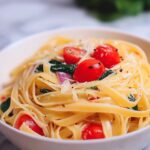
Fresh Homemade Pasta Recipe
- Prep Time: 15 minutes
- Cook Time: 10 minutes
- Total Time: 25 minutes
- Yield: 4 to 4.4 servings
- Category: Main Dish
- Method: Stovetop
- Cuisine: Italian
Description
This Fresh Homemade Pasta Delight recipe guides you through making tender, flavorful pasta from scratch using simple ingredients like all-purpose flour, fresh eggs, salt, and olive oil. With step-by-step instructions on kneading, rolling, cutting, and cooking, this recipe is perfect for anyone looking to experience authentic, fresh pasta right at home.
Ingredients
For the Pasta Dough
- 2 cups All-Purpose Flour
- 3 large Eggs
- 0.5 teaspoon Salt
- 1 tablespoon Olive Oil
- 1 handful Flour for Dusting
Instructions
- Gather Ingredients: Begin by collecting all necessary ingredients including all-purpose flour, eggs, salt, and olive oil to ensure a smooth workflow.
- Prepare the Flour Mound: On a clean, flat work surface, pile the flour into a mound and create a well in the center to hold the wet ingredients.
- Mix Wet and Dry Ingredients: Crack the eggs into the well, add salt and olive oil, then gently beat with a fork, gradually incorporating flour from the edges.
- Knead the Dough: When the mixture starts to coalesce, knead it by hand for 8-10 minutes until the dough is smooth, elastic, and cohesive.
- Rest the Dough: Wrap the dough tightly in plastic wrap and let it rest at room temperature for at least 30 minutes to relax the gluten.
- Divide the Dough: Cut the rested dough into four equal pieces and keep covered with a damp cloth to prevent drying out while working with each piece.
- Flatten Dough Piece: Take one piece and flatten slightly using your hands; dust your work surface generously with flour to avoid sticking.
- Roll the Dough: Roll out the dough with a rolling pin or pasta machine evenly to your preferred thickness suitable for the desired pasta shape.
- Cut the Pasta: Use a sharp knife or pasta cutter to slice the rolled-out dough into your desired shapes such as fettuccine, tagliatelle, or pappardelle.
- Dust Cut Pasta: Lightly dust the freshly cut pasta with flour to prevent sticking and set it aside while you finish with remaining dough pieces.
- Boil the Pasta: Bring a large pot of salted water to a rolling boil. Add the fresh pasta and cook for 2 to 4 minutes depending on thickness for al dente texture.
- Check Doneness: Taste a piece to ensure the pasta is cooked to your liking, tender but still slightly firm to the bite.
- Drain and Reserve Water: Drain the cooked pasta, reserving a small amount of cooking water to adjust sauce consistency if needed.
- Serve with Sauce: Toss the drained pasta gently with your favorite sauce, using reserved water if necessary, and serve immediately for the best flavor and texture.
Notes
- Resting the dough is crucial for gluten relaxation and easier rolling.
- Use plenty of flour when rolling and cutting to prevent sticking.
- Fresh pasta cooks much faster than dried pasta; keep an eye on cooking time.
- Reserved pasta water contains starch that helps thicken and bind sauces.
- Experiment with different pasta shapes or sauces to suit your preferences.

